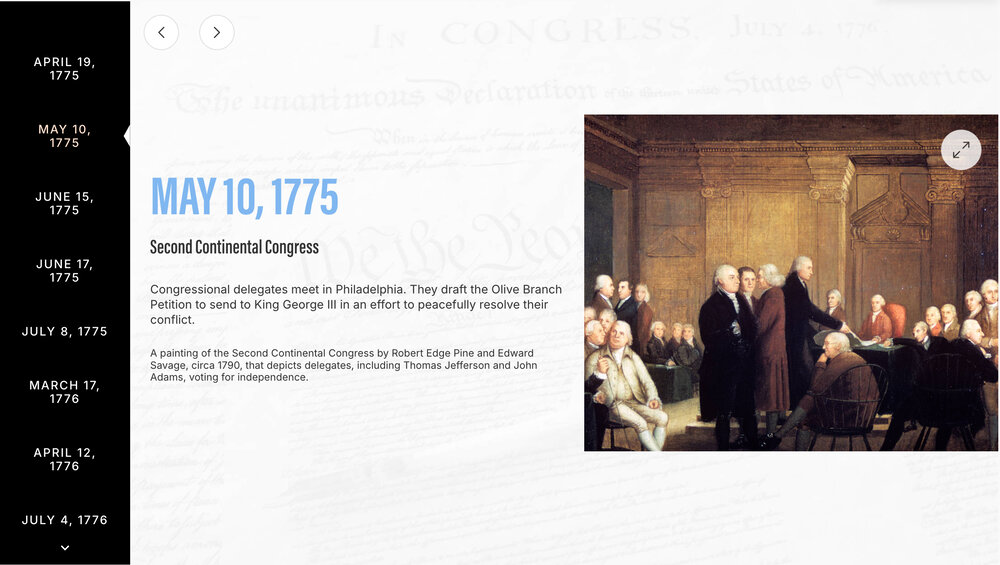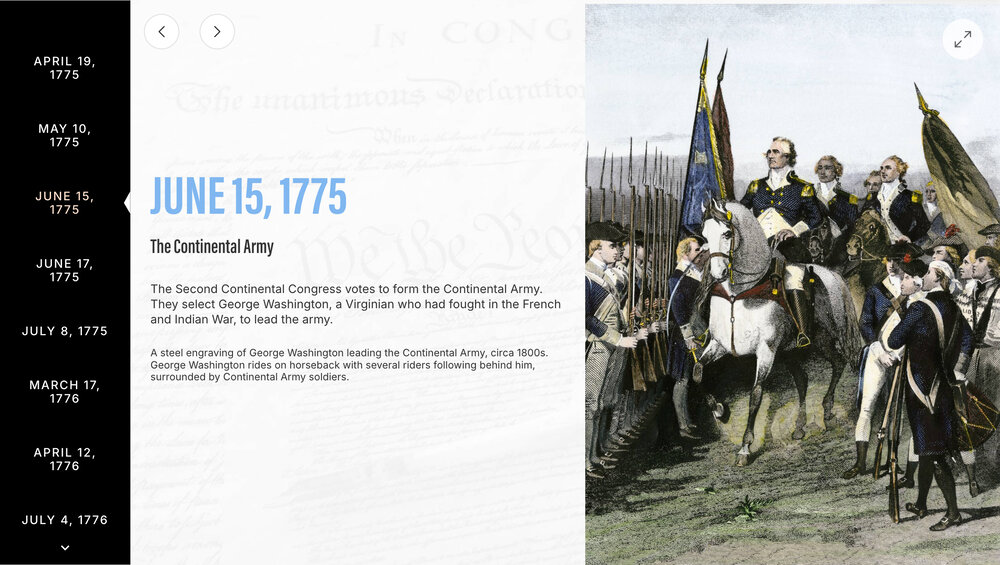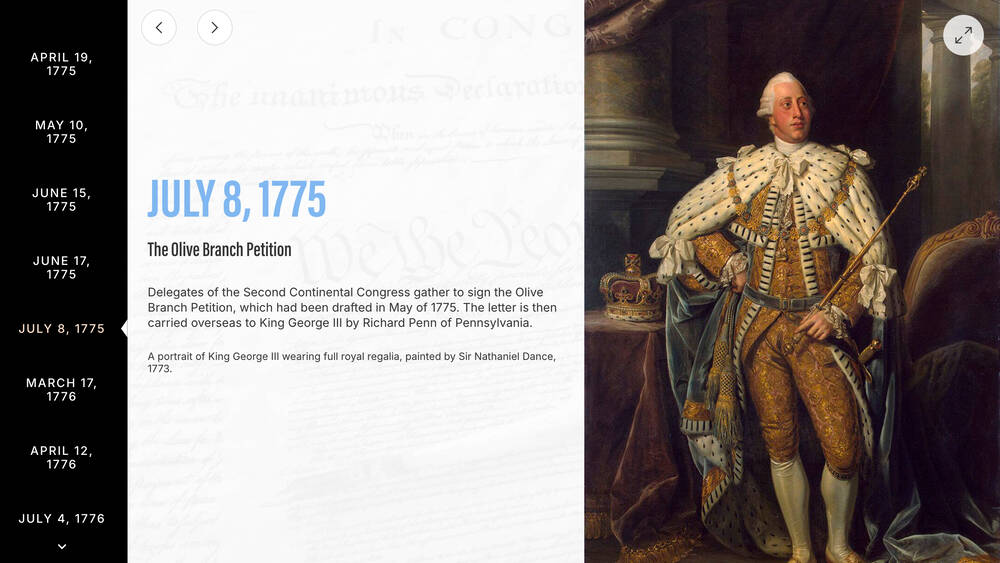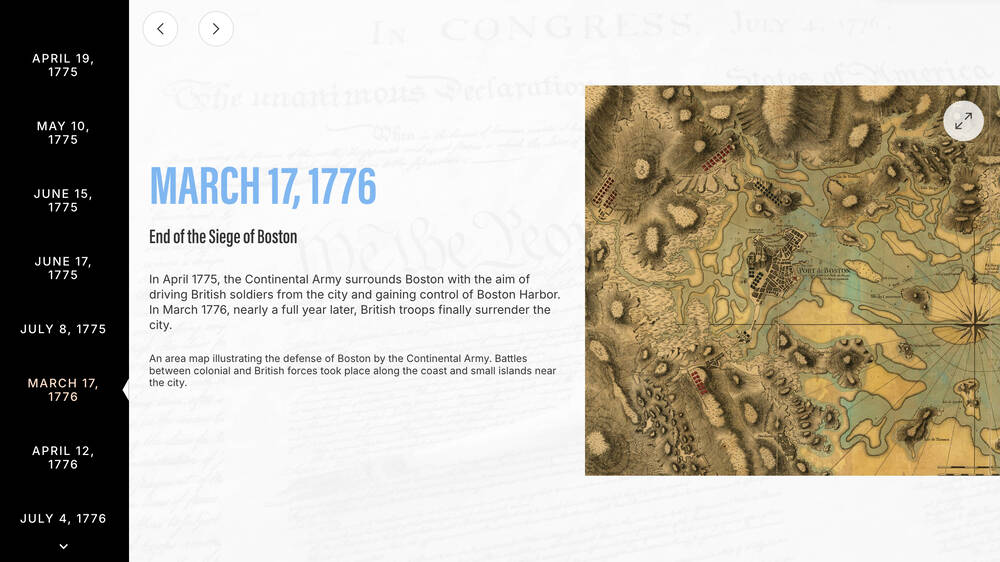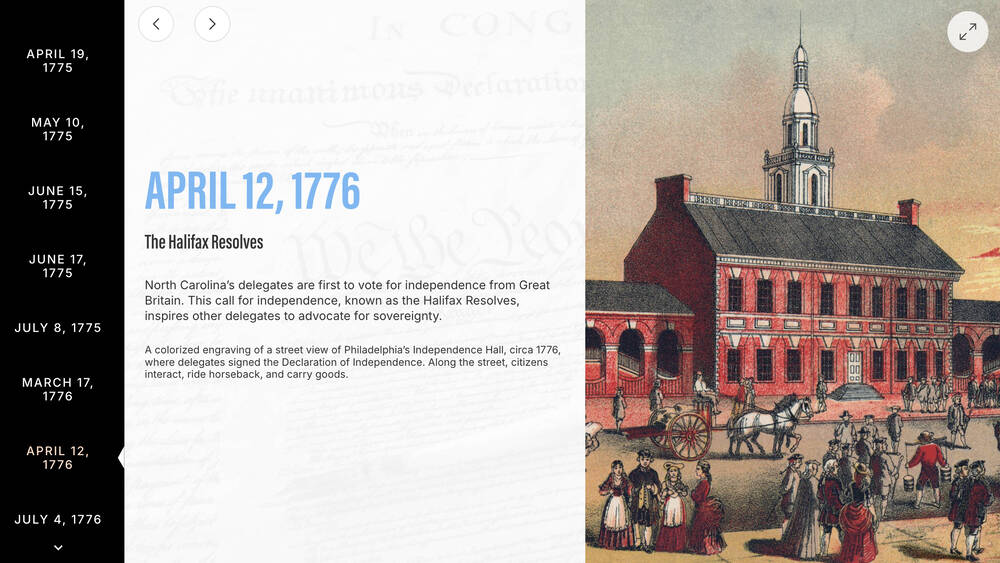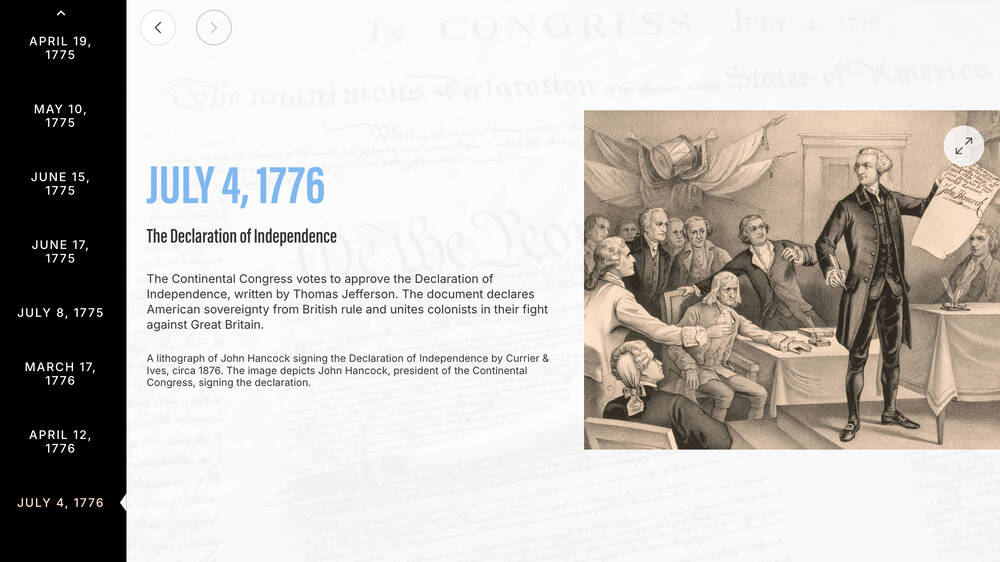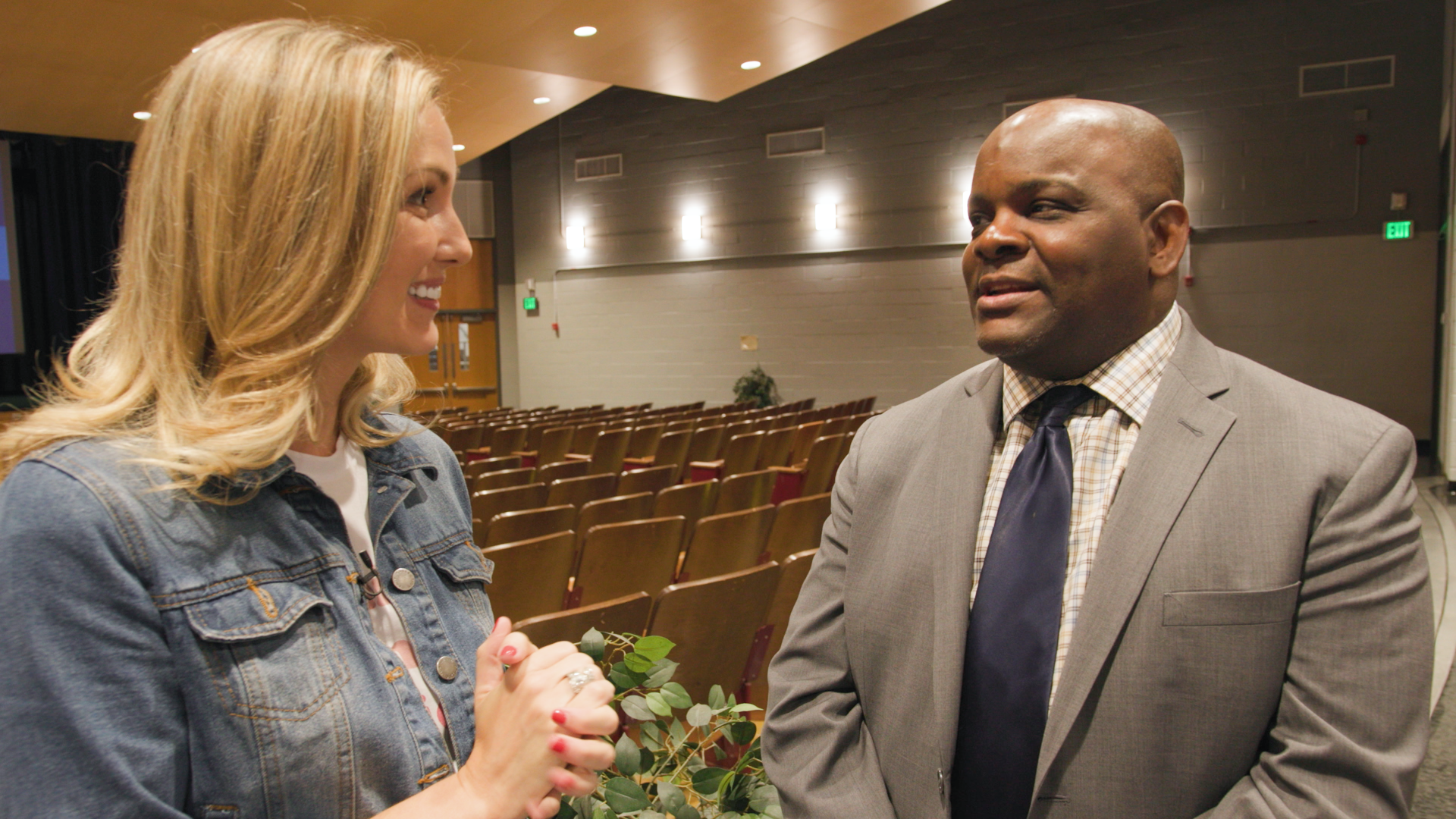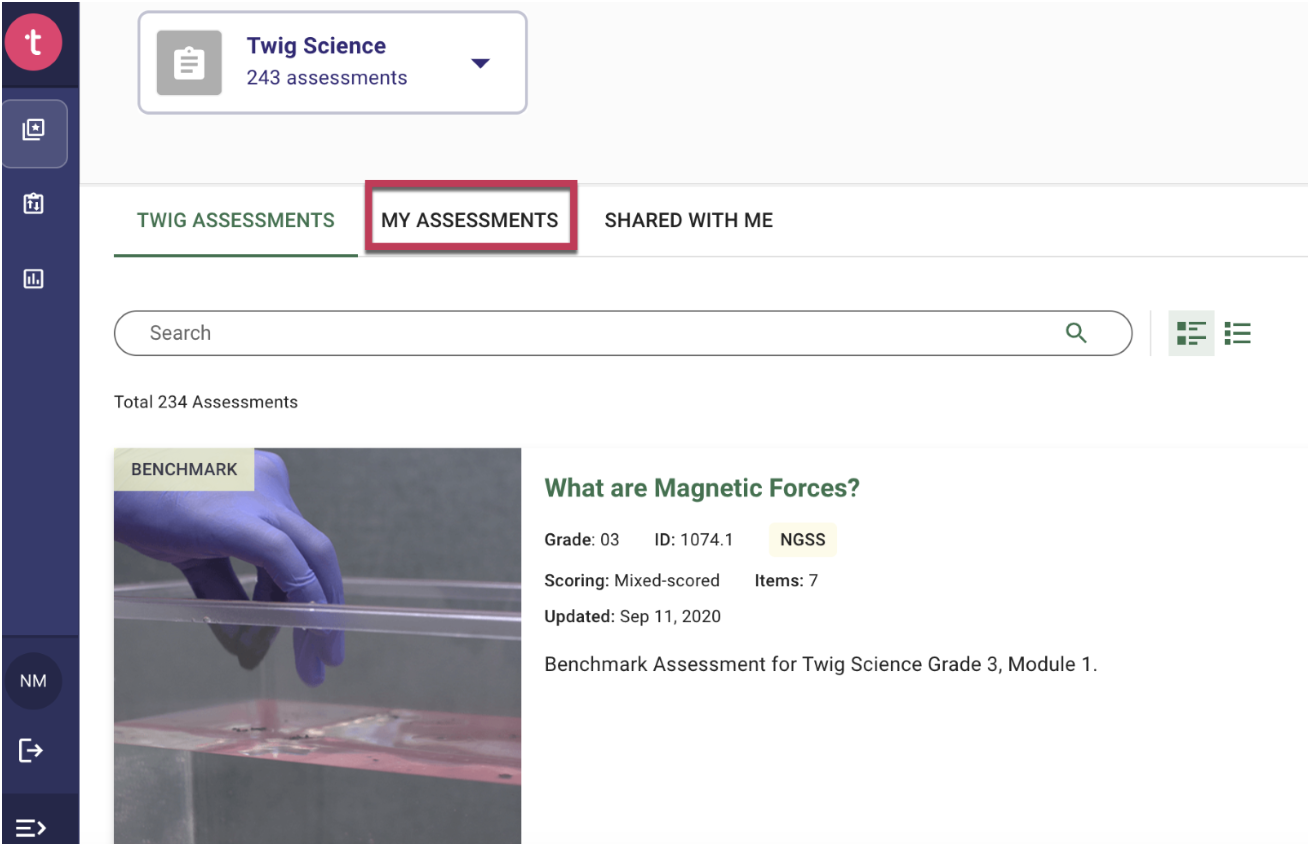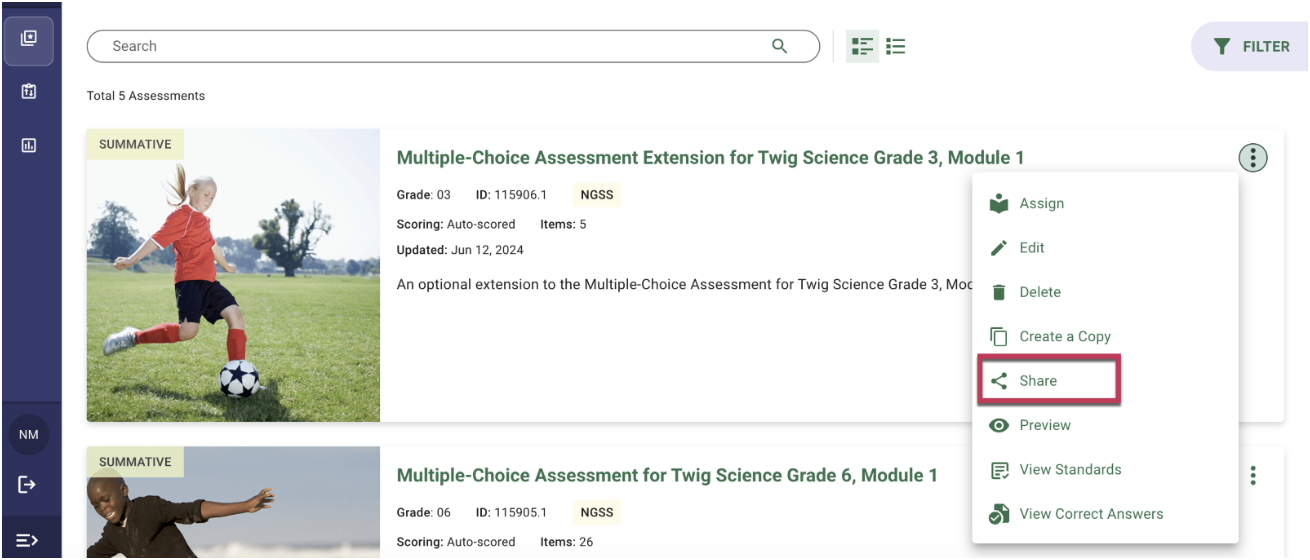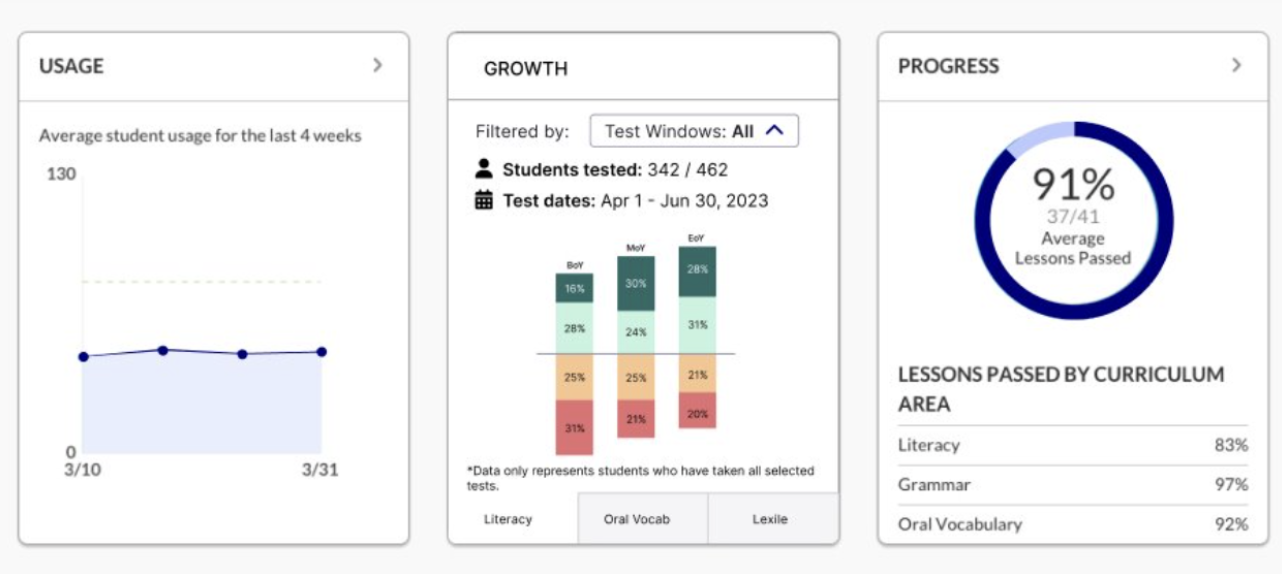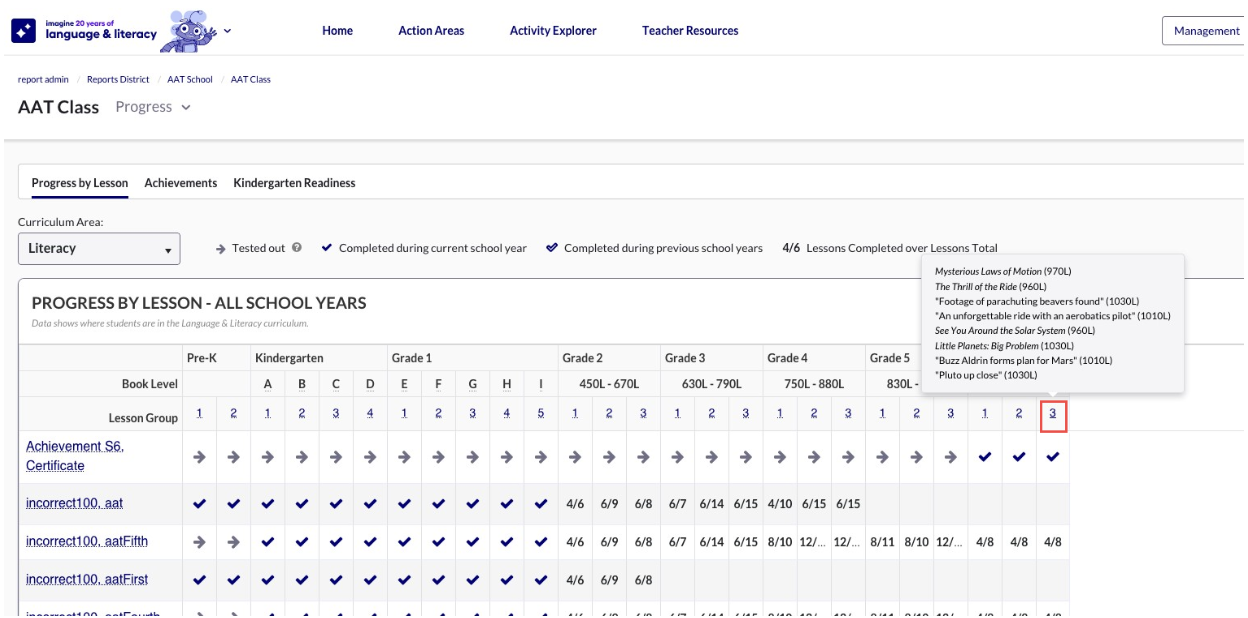U.S. History
The Declaration of Independence
Explore the events that led to the signing of the Declaration of Independence. Write a poem based on the document.
Engage
Learn about notable events in the American Revolution through this Interactive Time Line.
Analyze
Genre: Document | Creator: Thomas Jefferson | Date: 1776
Background
Thomas Jefferson was the primary author of the Declaration of Independence. The document declares the colonies’ independence from Great Britain. Jefferson wrote the first draft and submitted it to Congress. The Committee of Five and Congress then made revisions before adopting and signing the document. The following excerpt is the preamble to the Declaration.
We hold these truths to be self-evident, that all men are created equal, that they are endowed by their Creator with certain unalienable Rights, that among these are Life, Liberty and the pursuit of Happiness. —That to secure these rights, Governments are instituted among Men, deriving their just powers from the consent of the governed, —That whenever any Form of Government becomes destructive of these ends, it is the Right of the People to alter or to abolish it, and to institute new Government, laying its foundation on such principles and organizing its powers in such form, as to them shall seem most likely to effect their Safety and Happiness. Prudence, indeed, will dictate that Governments long established should not be changed for light and transient causes; and accordingly all experience hath shewn, that mankind are more disposed to suffer, while evils are sufferable, than to right themselves by abolishing the forms to which they are accustomed. But when a long train of abuses and usurpations, pursuing invariably the same Object evinces a design to reduce them under absolute Despotism, it is their right, it is their duty, to throw off such Government, and to provide new Guards for their future security. —Such has been the patient sufferance of these Colonies; and such is now the necessity which constrains them to alter their former Systems of Government. The history of the present King of Great Britain is a history of repeated injuries and usurpations, all having in direct object the establishment of an absolute Tyranny over these States. To prove this, let Facts be submitted to a candid world.
Excerpted from The Declaration of Independence.
Collaborate
Found Poem
Have students select and rearrange words, phrases, or lines from each source in the chapter to write a found poem. The poem should
- be composed entirely from language from the sources; and
- communicate an understanding or idea connected to the chapter.
Partner students to share their poems and discuss similarities, differences, surprises, and takeaways.
Call on several students to share how writing or discussing their poems shaped their understanding of the chapter.
Teacher Resources
Think Like a Historian
Use this additional sourcing information to further contextualize the source in order to deepen students’ analysis and evaluation.
The Declaration of Independence was approved by the Continental Congress on July 4, 1776. It announced the separation of the 13 colonies from Great Britain and outlined the reasons why. This excerpt is the preamble.
The Declaration of Independence explains the ideals of a democratic government, lists the reasons for the colonists’ decision to separate from Great Britain, and formally declares the colonies an independent nation.
The immediate audience for the Declaration of Independence was King George III, colonists, and the international community.
This excerpt from the Declaration outlines the ideals of a democratic government.
Scaffolding and Differentiation
Use the following information to provide reading comprehension support.
The Declaration uses long, complex sentences that students may find difficult to understand. Encourage students to pause frequently and use the annotation tool to summarize the main points.
Students may not recognize that the Declaration has three parts. Explain that this excerpt is from the preamble, which comes before the list of grievances.
Analyze and Discuss
To extend discussions, consider asking the following questions.
- What words, phrases, or quotations from the document illustrate the authors’ perspective?
- (Answers will vary but may include “all men are created equal,” “Life, Liberty and the pursuit of Happiness,” “under absolute Despotism, it is their right, it is their duty, to throw off such Government.”)
- How does this demonstrate the authors’ perspective?
- (Answers will vary.)
- What is it about these words, phrases, or sentences that you think make them the most significant ones in the document?
- (Answers will vary but may include that these words or phrases have become well- known and frequently quoted today, or that they are the most powerful words or phrases.)

